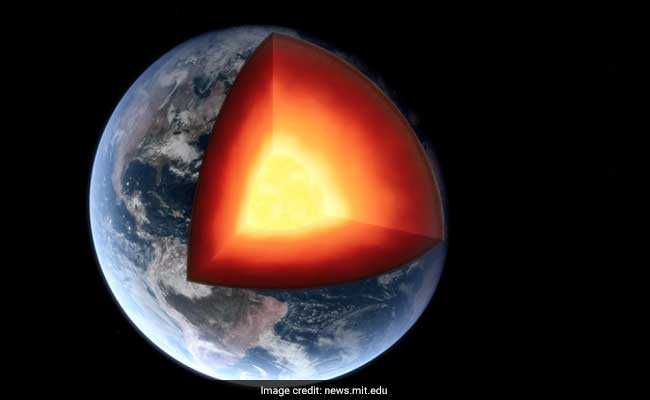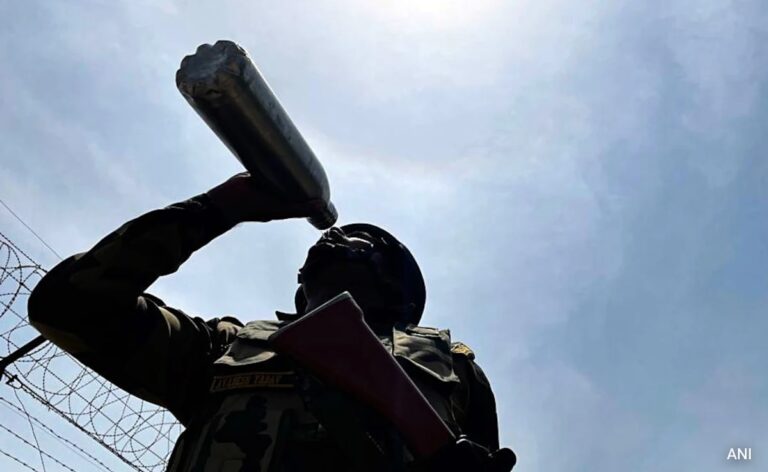For India, which proclaimed a one-sided ban on atomic testing after the 1998 tests in Pokhran, any Chinese exertion at reactivating its Cut Nur range will undoubtedly significantly affect provincial security
New Delhi: Satellite pictures previously distributed in a definite New York Times report show the conceivable reactivation of China’s Cut Nur atomic test office in the far off Xinjian Independent District in the northwest of the country.
The pictures, which have since been obtained by NDTV, seem to show that China may before long be in a situation to lead undeniable atomic tests or, conceivably, subcritical atomic blasts. Subcritical tests recreate atomic blasts by utilizing substance explosives.
A work by China to move forward atomic testing would demonstrate Beijing’s advantage in testing and qualifying a portion of its freshest atomic warhead plans fitted on a large group of new-age ballistic and journey rockets.
The examination by The New York Times depends on proof given by Dr Renny Babiarz, a main worldwide geospatial insight master. Dr Barbiarz, a previous Pentagon investigator, went through years concentrating on satellite symbolism of the Trim Nur office where China led its most memorable atomic tests on October 16, 1964.
“The movement at Cut Nur comes at quite possibly of the most delicate second in US-China relations,” says The New York Times. “President Biden has said that he’s attempting to ‘settle’ an undeniably combative relationship and, at a highest point meeting last month with Xi Xinping, China’s chief, looked for a proportion of accord.”
China, as far as concerns its, has excused the report saying that it was “gripping at shadows, unfoundedly preparing a ‘China atomic danger’.”
The pictures from Trim Nur throughout the course of recent years show a course of updating the office.
“By 2017, an old site with a small bunch of structures had transformed into a smooth, ultramodern complex ringed by security walls,” says The New York Times. “Its new designs incorporated a shelter safeguarded by earthen embankments and lightning arresters, making it ideal for dealing with high explosives.”
Essentially, the pictures show the development of a new airbase nearby, the development of various shafts into slope highlights and, maybe, the indisputable evidence – a huge boring apparatus that was just about 90 feet tall.
A new picture obtained by Dr Babiarz showed “the derrick as well as a pile of drill pipes and a neighboring pit of greasing up liquid for keeping the bore moving much more profound.” Dr Babiarz gauges that the borehole “was intended to go down essentially 33% of a mile,” comparable inside and out to vertical shafts developed by the US at its Nevada test site.
The pictures likewise show a scaled down municipality, accepted to be a help office for exercises at Trim Nur. Inside the municipality, known as Malan, is an apparatus which gives off an impression of being indistinguishable from the one at the Cut Nur site, which is found many kilometers away. This is believed to be “a preparation site for shaft drillers.”
China’s rocket force, a critical first class piece of its tactical weapons store, controls Beijing’s atomic set of three of atomic rockets sent off from the air, ocean and land. This works under a coordinated order and control framework and is amidst an extreme extension.
According to a report of the Middlebury Foundation of Global Investigations at Monterey, “The ongoing development of China’s rocket powers proposes a potential takeoff from China’s recently limited second-strike atomic stance to a stance fit for dissuading at various degrees of contention and an expanded shift towards atomic warfighting.”
The report likewise says that somewhat more than 10 years back, China had around 50 intercontinental long range rockets. “Individuals’ Freedom Armed force Rocket Power is presently on target to send more than 1.000 long range rocket launchers by 2028, including something like 507 atomic competent launchers.”
For India, which pronounced a one-sided ban on atomic testing after the 1998 tests in Pokhran, any Chinese exertion at reactivating its Hack Nur range will undoubtedly significantly affect provincial security.
India, which has a definitely more humble atomic stockpile than China, led a progression of five atomic blasts in May 1998, the second of its tests after the first in 1974. While these accomplished their essential target of giving India the ability to fabricate splitting and atomic gadgets, India presently will undoubtedly depend on programmatic experiences to anticipate the yields of any atomic weapons that it plans.
Of the multitude of countries known to have atomic weapons, just Pakistan has directed less atomic weapons tests. The Military Control Affiliation says the US has led 1,030 tests somewhere in the range of 1945 and 2017, the USSR/Russia 715, France 210, while China and the UK have directed 45 tests each.
Pakistan exploded two atomic gadgets in counter-tests following India’s 1998 Pokhran blasts, while North Korea, the most current participant into the atomic weapons club, is accepted to have directed six tests.











+ There are no comments
Add yours